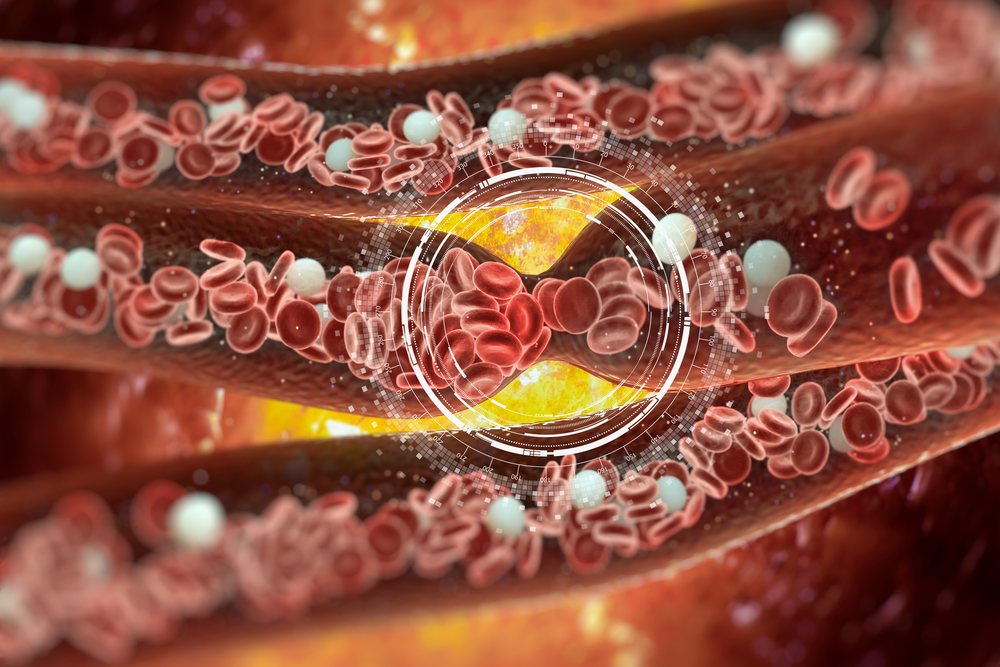Catheter directed thrombolytic therapy is a nonsurgical treatment for acute deep vein thrombosis (DVT) that dissolves blood clots. These clots typically occur in your leg, thigh or pelvis but can travel. If a DVT travels to your lungs (referred to as a pulmonary embolism or PE), it can cause shortness of breath, chest pain and lead to death.
Why It’s Done
This therapy may be your next step if blood thinners do not dissolve a DVT or PE.
- It should leave you with significantly less pain, swelling and other symptoms.
- If successful, it will also minimize damage inside the vein, which could lead to leaky valves and ongoing swelling, a condition known as chronic venous insufficiency or post-thrombotic syndrome.
- It can also prevent damage to the skin and the formation of sores that resist healing, typically above the ankle.
Description
This therapy is performed in a catheterization lab or radiology suite. A team of doctors and nurses work together using a thin plastic tube (catheter) to deliver clot-dissolving medications called thrombolytics directly to the clot.
- You will be given medication for relaxation.
- Your vascular surgeon will numb the treatment area.
- Through a puncture in your skin, a thin plastic tube is inserted into a vein, typically in your groin, neck or behind the knee.
- Medicine is infused through the tube and into the clot.
- If needed, a small machine is inserted through the tube to break up or suction the clot.
- Often a narrowed area in the vein is found, which may have led to the clot formation. This can be treated during the same therapy session with an angioplasty and/or a stent.
- An angioplasty is a treatment to widen the vein. After the blood clot is dissolved, a small device with an inflatable balloon is inserted and advanced through the tube. When the device reaches the spot where the vein has narrowed, the balloon is inflated and deflated several times, then removed.
- If narrowing is severe, a stent may be placed inside the vein to keep it open. This usually takes an additional 2-3 hours. A stent is a small metal-mesh tube. It is inserted and advanced through the tube to the spot where the vein has narrowed. The stent acts as a scaffold to support inside wall of the vein. It remains in the vein after the procedure.
- The catheter is removed and the puncture is closed with a sterile plug.
Risks
BRUISING, BLEEDING OR SWELLING where the tube entered your body. This occurs infrequently, in 1-3% of cases.
BLEEDING ELSEWHERE can occur, such as in your intestines or brain. This is rare.
How to Prepare
- Discuss the risks and benefits of the procedure with your vascular surgeon.
- Plan on being in the hospital 1-3 days.
What Can I Expect After Treatment?
- You may spend 1 day in the intensive care unit (ICU).
- You will be given additional medication to ensure the clot dissolves, usually in 12-14 hours.
- A compression stocking or sleeve will be placed on your leg or arm.
- Your vascular surgeon will likely recommend you take a blood thinner for 3-6 months.
Resources
Thrombolytic Therapy
Deep Vein Thrombosis (DVT)
Pulmonary Embolism
Chronic Venous Insufficiency
